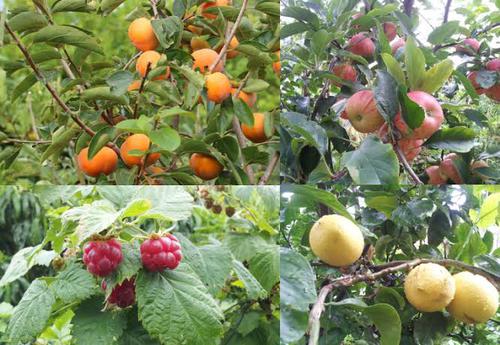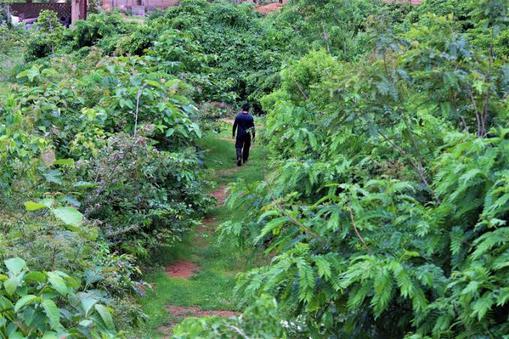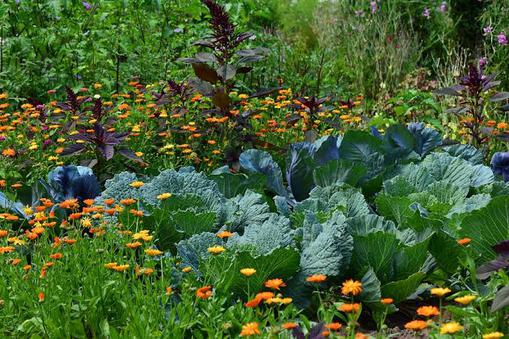For millions of years, Mother Nature has grown plants and trees. Predating the human, fossil records show the bountiful crops that covered the earth’s landscape. Archaeological records show that humans thrived on nature’s bounty around 195 thousand years ago, but when the 1900s industrial era began, in came a sweeping change to how we establish food crops.
Monoculture, the cultivation of a single crop in a given area, better know as single crop farming, depleted the soil’s nutrients. Instead of rotating crops, farmers used chemicals and fertilizer to speed up growth, and wiped out natural habitats in the process.

Nature can only take so much. Before the establishment of monoculture, our ancestors understood the importance of working with nature rather than against it. Thankfully, people are reawakening to the idea that natural ecosystems are better for our survival. Some people have since created forest gardens to restore the soil’s nutrients and mimic these natural ecosystems.
A forest gardening pioneer based in the UK, Martin Crawford, explains in a short film how we have tricked ourselves into complacency.
“What we think of as normal, in terms of food production is actually not normal at all. Annual plants are very rare in nature, yet most of our agricultural fields are filled with annual plants. It’s not normal. What’s normal is a more forested or semi-forested system.”

Forest gardens’ natural ecosystems consist mainly of perennial plants and trees that live for longer periods and that reseed themselves. Often the garden will comprise vertical levels of growth as tall as canopy trees to shorter trees, bushes, shrubs and vines. Herbs and roots cover the ground. The ecosystem works together, proving shade from the sun, protection from the wind and various levels of nutrition. Although it takes time and money to establish a forest garden, it will take care of itself for years and will require very little maintenance while providing a bountiful harvest.
“With such a diverse system, whatever happens with the weather, most of your crops will probably do fine. Some may fail, some may do better. That’s very important going into the future. Because we don’t know exactly what’s going to happen to our weather. So by having a diverse system, it gives you maximum resilience.”

Crawford started his own food forest in 1994 on a flat field. Today, it contains more than 500 edible plants and continues to thrive, taking care of itself with just a few hours of Crawford’s maintenance in a month.
‘’They are managed, but managed lightly,’’ Crawford says. ‘’They are more like being out in nature than being in a cultivated garden.”
Crawford is the founder and director of the Agroforestry Research Trust. Stating that diversity is the key to surviving extreme weather impact, the forest garden has the incredible ability to survive and sometimes flourish in extremes. “It can seem overwhelming, there are so many species,” Crawford says. “You shouldn’t let that stop you from starting a project, because you don’t have to know everything to begin with. Just start, plants some trees, and go from there.”






